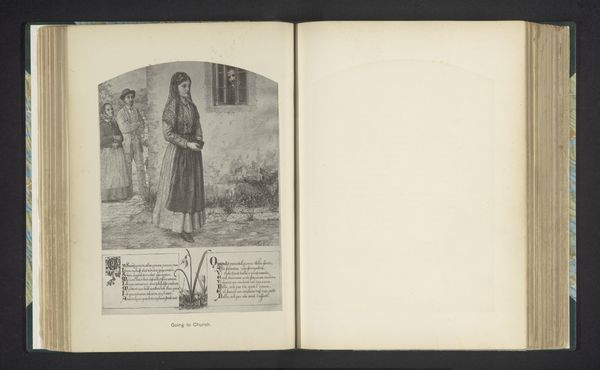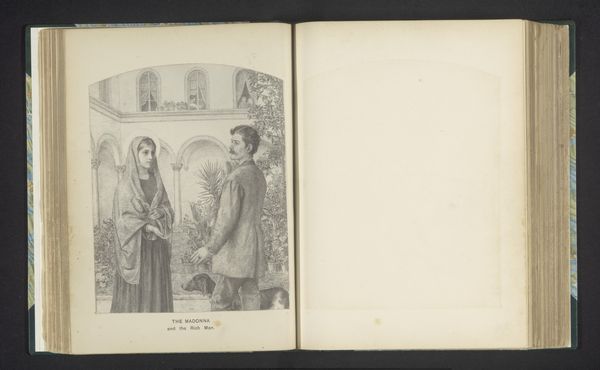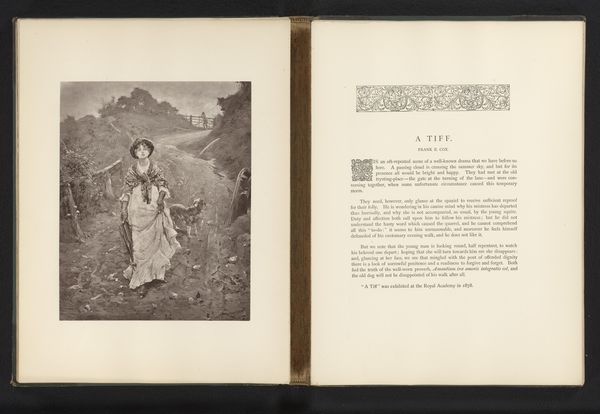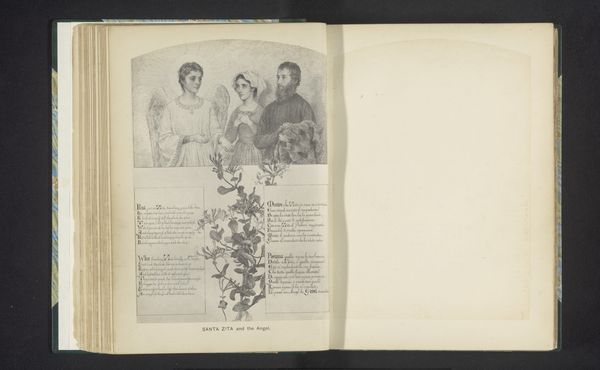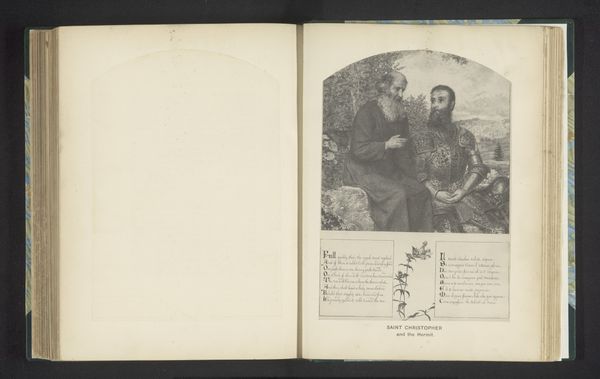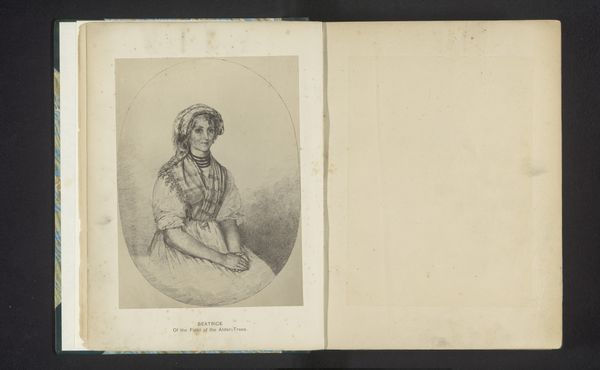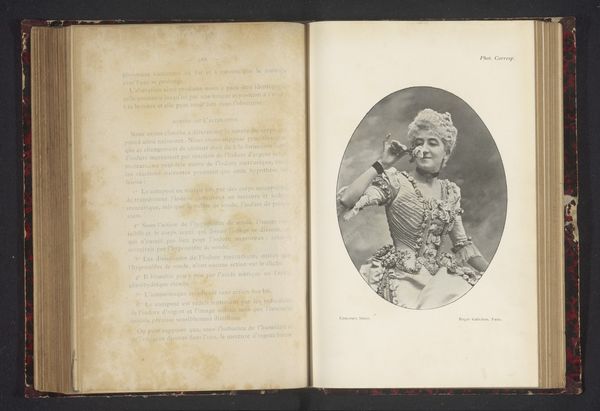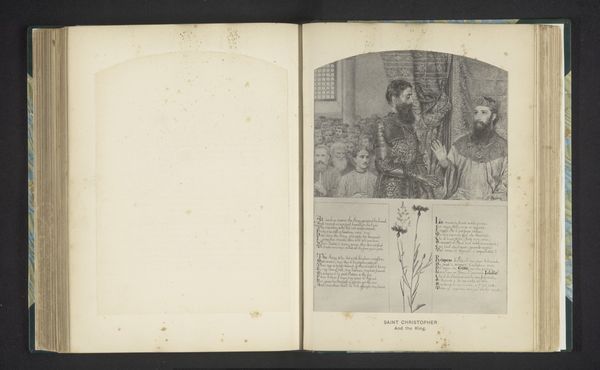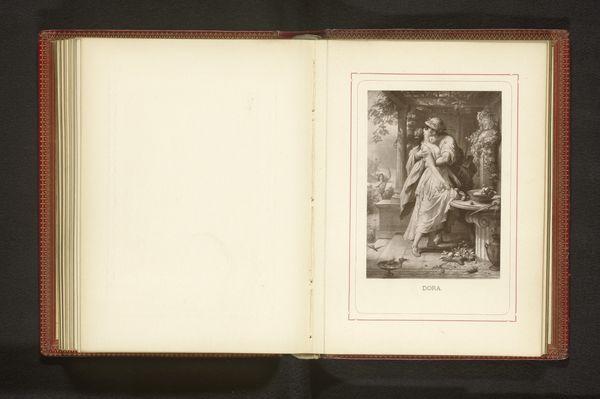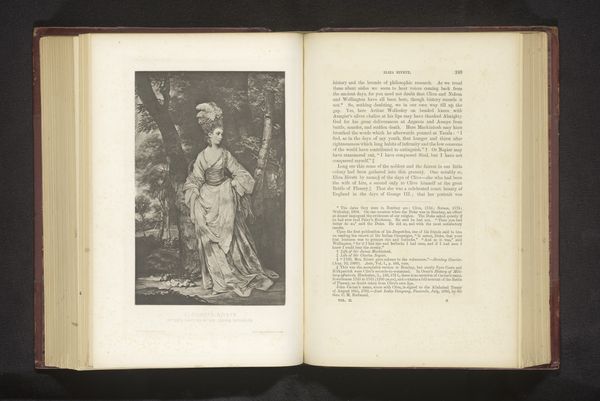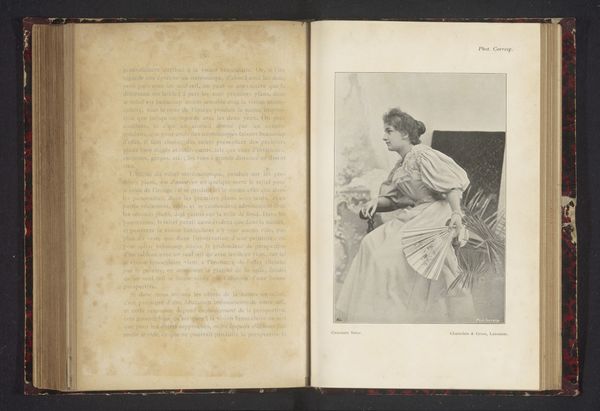
Dimensions: height 248 mm, width 173 mm
Copyright: Rijks Museum: Open Domain
Frederick Hollyer created this photogravure, "Santa Zita. The miracle at the well," using a process that was both photographic and deeply hands-on. Photogravure is a printing technique, where a photographic image is etched into a copper plate and then printed, allowing for rich tonal variations and fine details. The choice of photogravure speaks volumes about the era's approach to art production. While photography was becoming increasingly industrialized, photogravure retained a connection to traditional printmaking. This hybrid approach allowed Hollyer to bridge the gap between the mechanical reproducibility of photography and the artistic sensibility of handmade prints. Hollyer's embrace of photogravure reflects a broader negotiation of art, labor, and technology. In an age of increasing industrialization, photogravure offered a way to reconcile mass production with the desire for individual expression. This print reminds us that even within technological advancements, the hand of the artist and the value of skilled labor remain vital components of artmaking.
Comments
No comments
Be the first to comment and join the conversation on the ultimate creative platform.
